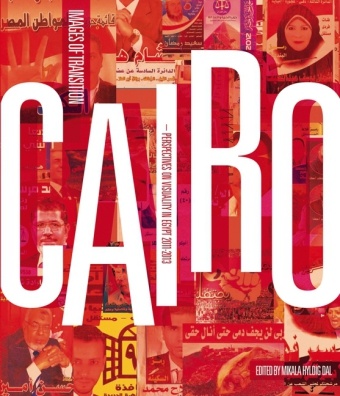Read more
The Egyptian revolution of 2011 has significantly changed the relationship between citizens, public space, and visual expression. »Cairo: Images of Transition« traces these developments and their effects on political communication, urban space, and cultural production.The book is the first publication to offer a deep view on the relationship between aesthetics and politics in the wake of the Egyptian revolution 2011. Renowned Egyptian and international writers, artists and activists trace the shifting status of the image as a communicative tool, a witness to history, and an active agent for change.
About the author
Mikala Hyldig Dal teaches at the Applied Arts Faculty of the German University in Cairo. In numerous artistic and research oriented projects she has examined the relationship between visual imagery, artistic practice and political processes, most recently in Germany, Iran, Syria and Egypt.
Report
»This edited volume provides a unique look at the Egyptian revolution by granting agency to activists and describing how art continually serves as a language of contestation.« Anwar Mhajne, H-Net-Reviews, 3 (2016) »Sehr zu empfehlen.« Sebastian Gerth, MEDIENwissenschaft, 2 (2015) »[The book] provides an innovative and nuanced account of the significance of images during this exceptional period. Rather than a monument to a past moment, [the book] should be seen as an effort to sustain this revolutionary opening in its various iterations, thus harnessing the generativity of these exceptional events.« Mark R. Westmoreland, Journal of the Society for Contemporary Thought and the Islamicate World, 4 (2015) »Der reichhaltige und vielgestaltige Band bietet einen vorzüglichen Einstieg in die vielfältigen Veränderungen Ägyptens in den letzten Jahren, die hinter allen eventuell stattfindenden politischen Entwicklungen nicht verschwinden werden.« Rüdiger Lohlker, Wiener Zeitschrift zur Kunde des Morgenlandes, 104 (2014) »Mikala Hyldig Dal [kompiliert] anhand zahlreicher Gastbeiträge eine Fülle an Positionen und Blickwinkeln auf die Wechselbeziehungen von Politik und Ästhetik seit dem Beginn der ägyptischen Revolution. Und schafft damit einen bereichernden Blick auf die Ikonografie des Umbruchs.« Tom Bieling, http://designabilities.wordpress.com, 11 (2013)

